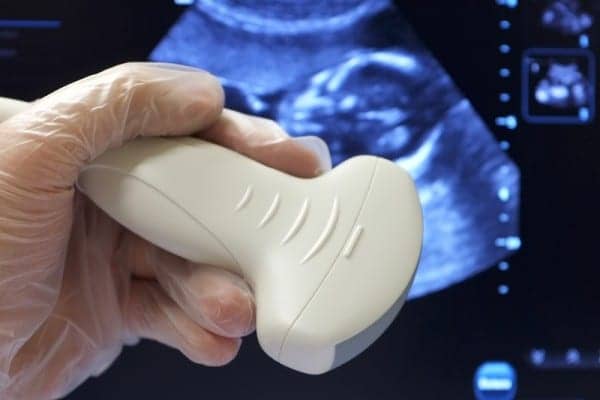The global ultrasound probe disinfection market is expected to climb to $819 million by 2023, up from $314 million in 2018, at a compound annual growth rate of 21.1%, according to a new report from MarketsandMarkets.
The key factors anticipated to be driving the growth of this market over the next 5 years include the increasing number of ultrasound imaging procedures, rising incidence of hospital-acquired infections due to the improper reprocessing of ultrasound probes, increasing adoption of high-level disinfection systems for critical and semi-critical ultrasound probes, and technological advancements in ultrasound probes.
On the basis of product, the ultrasound probe disinfection market is broadly segmented in the report into consumables, instruments, and services. In 2018, the consumables segment is expected to account for the largest share of this market, which can be attributed primarily to a large number of commercially available disinfectants (as compared to other ultrasound probe disinfection products) in the market.
Based on process, the ultrasound probe disinfection market is segmented by the report’s authors into high-level disinfection and intermediate/low-level disinfection. The high-level disinfection segment is estimated to register the highest CAGR during the forecast period. The growth of this segment is driven by the implementation of favorable government regulations and guidelines for effective probe disinfection, coupled with the growing incidence of HAIs.
On the basis of the type of probe, the ultrasound probe disinfection market report is broadly segmented into linear transducers, convex transducers, phased array transducers, endocavitary transducers, transesophageal echocardiography (TEE) transducers, and other probes (pencil transducers, concave transducers, and sector transducers). In 2018, the linear transducers segment is expected to account for the largest share of this market.
Linear transducers are used for various applications, such as vascular examination, venipuncture, blood vessel visualization, intraoperative procedures, and laparoscopy. They come in contact with clean, intact skin, and are considered non-critical devices that require disinfection after every use and act as both a source and a vector for nosocomial infections.
Finally, based on end user, the market report is segmented into hospitals and diagnostic imaging centers; maternity centers; ambulatory care centers; academic and research institutes, and other end users, including physiotherapists, independent associations, government organizations, and sports academies. The ambulatory care centers segment is estimated to register the highest CAGR during the forecast period. The high growth in this end-user segment can be attributed to the increasing number of image-guided surgeries performed at ambulatory care centers, rising market demand for portable and compact ultrasound devices, and the procedural benefits offered by ultrasound in point-of-care applications.




